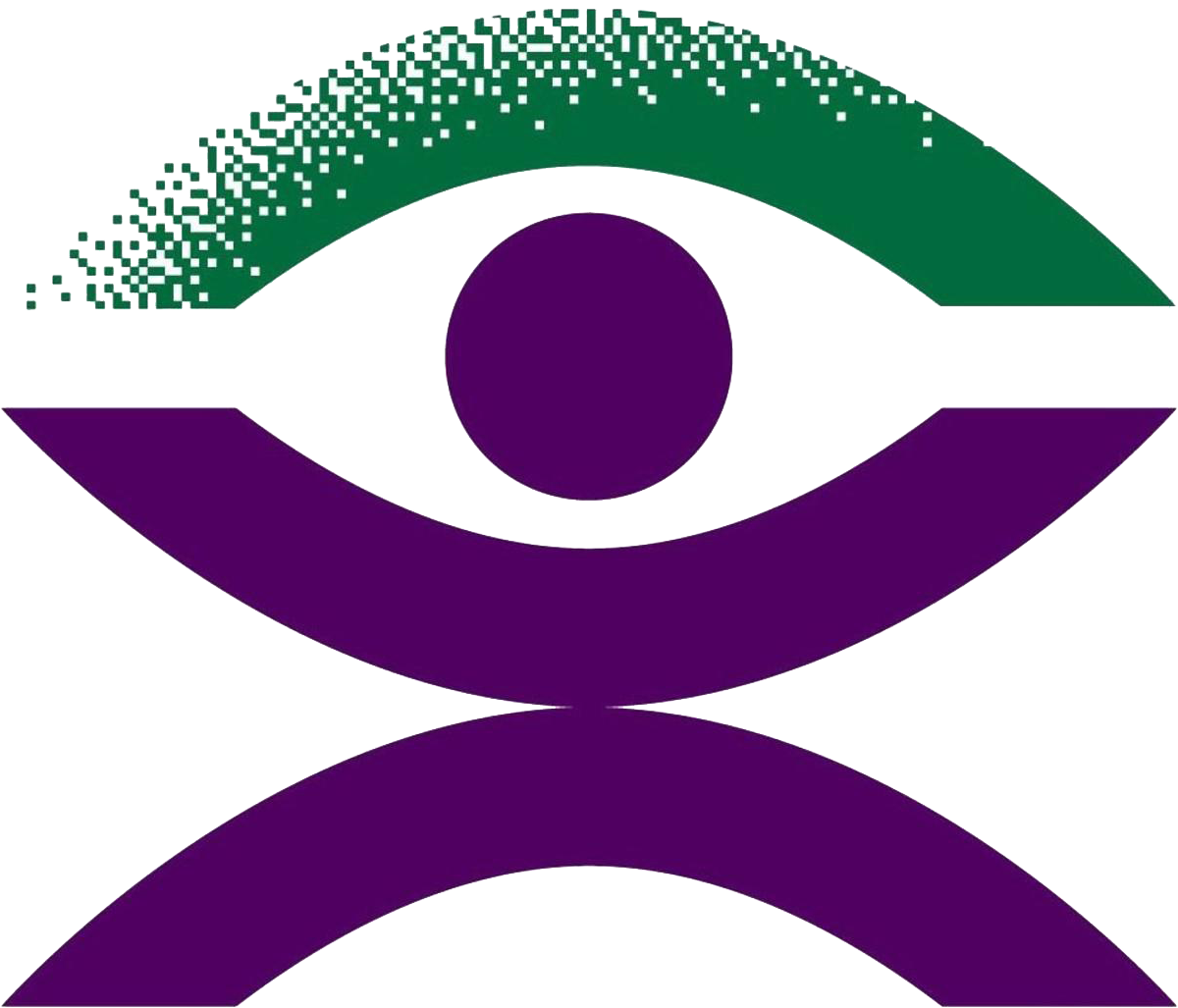By Rikki Chaplin
It’s a pretty safe bet to say that my colleagues are getting a bit tired of my enthusiasm about the new phone system we’ve recently installed. I can’t blame them, but rest assured that my excitement is well founded.
If you’ve called the BCA office lately, you will have noticed the options the new system presents when your call is answered. The ability to provide these options is a great step forward for members, but I want to tell you about what it’s like to use the system as a staff member. Because it’s entirely accessible, it offers new possibilities not just for staff, but for all of us, even outside BCA.
The Smart UC computer and smartphone applications are a bit like Skype, but with the extra capabilities one would expect to find in any phone system used in an office. Calls can be transferred between staff no matter where they are throughout Australia, and there is capacity for group calls and text chat. Each staff member has a direct line and a voicemail facility.
Voice messages can be emailed to staff, so that they are very easily accessed and even saved if need be. I discovered recently what an advantage this is, when I received a call giving me some positive feedback. Recording of feedback from our members is crucial, so that we can report to funding bodies and other interested stakeholders. As it is in audio form, it can easily be sent to others, or even used in promotional materials. The variety of possibilities that this feature opens up is endless.
Traditionally, office phone systems have not been as accessible as they should be. Phones often have to be labelled or marked to make them more accessible for people who are blind or vision impaired. With the introduction of the computer application however, these steps are a thing of the past. It is of course possible to use a handset as part of the system, but not necessary.
The computer application works very well when using the Jaws or NVDA screenreaders. Calls can be answered easily, even if you are working on another task. Transferring between staff is easy, particularly once extension numbers are memorised. You can even call a staff member to see if they are available to take the call being transferred beforehand if you wish to, all from the convenience of your laptop.
As someone who has a hearing impairment in addition to being totally blind, I have found the integration of the phone into my laptop to be a real game changer. When the phone rings, I no longer have to take my headphones off, scramble madly for the handset, switch my hearing aids to telecoil mode and hopefully answer the call before it goes to message bank. I use a USB microphone which connects to my laptop and which has a headphone jack and volume control for monitoring. The speech from my screenreader and the phone come directly through my headphones. Using this system, I have more volume than I will ever need.
For the first time, I can seamlessly access my email or any other document while I have somebody on the phone, without having to juggle multiple sets of headphones, or multiple programs on my hearing aids in order to multi-task. Because everything is operated from the computer, everything is simultaneously accessible using the one device. If I have a braille display attached to the computer, I can even access information from the computer’s screen with braille while on the phone if I wish to.
My excitement about the advantages I have outlined goes beyond the fact that as an employee, it makes me more efficient personally. It seems that for the first time, we have created a system which finally puts us on an equal footing to our sighted peers who work in the fast paced environments that have often proven so challenging for people who are blind or vision impaired.
At least 58% of people who are blind or vision impaired are unemployed. Many of us do have the requisite skills to work in environments which have traditionally posed accessibility challenges. Many more will be able to acquire the necessary skills, once it is realised that the removal of accessibility barriers will drastically improve employment prospects.
For the first time, we have a system which will enable employers to witness the fact that if the barriers to accessibility are removed, we can be as productive and efficient as employees with sight. The challenge now is for this system to be marketed and promoted to employers.
The installation of a fully accessible phone system by the peak body representing people who are blind or vision impaired is therefore a monumental achievement, and one which could prove to be extremely important in promoting our value as people who are blind or vision impaired to employers in a variety of fields.
This achievement is the result of hundreds of hours of research, frustration, but above all, tenacity on the part of our CEO and our administration staff. The addition of the new phone system is one of a number of innovations which will make BCA a truly dynamic and flexible organisation. It has allowed staff to be located throughout Australia and easily contactable by members, a goal we have not been able to reach before.
While on the surface, the phone system is little more than a sensible advancement in BCA’s technology infrastructure, for people who are blind or vision impaired, it truly is proof that if products and services are designed with accessibility at the forefront of their development, equality can absolutely be achieved for all.
My sincere thanks and congratulations go to our CEO, Emma Bennison, for never giving up, and for making such a huge improvement to our workplace, and hopefully, the prospects of many others who are still seeking that elusive job.

